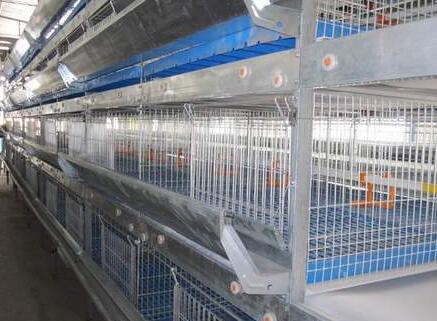Quail Cages for Egg Production A Comprehensive Guide
In recent years, quail farming has gained popularity among poultry enthusiasts and commercial farmers alike due to its numerous benefits. Among these benefits, quail egg production stands out, as quail eggs are highly nutritious and sought after in various markets. To ensure optimal productivity and health for quails, choosing the right quail cages is vital. This article will explore the key aspects of quail cages for egg production, including designs, features, and best practices.
Importance of Proper Caging
Quails are small birds that thrive in a controlled environment. Proper quail cages not only provide shelter but also offer a space that encourages natural behaviors, reduces stress, and maximizes egg production. The right design can lead to better ventilation, easy feeding and watering, and effective waste management, all of which contribute to the overall health and productivity of the flock.
Types of Quail Cages
When it comes to selecting quail cages for egg production, there are several designs to consider. The most common types include
1. Battery Cages These are compact cages that house multiple birds in a vertical arrangement. They are space-efficient and allow for easy management of feeding, watering, and egg collection. However, battery cages may restrict certain natural behaviors, leading to stress among the birds.
2. Floor Cages Also known as free-range systems, these provide a larger area for quails to move freely. While not as space-efficient as battery cages, floor cages allow quails to exhibit natural behaviors like dust bathing and foraging, which can result in healthier birds and better egg production.
3. Aviary Systems This design offers the most space and freedom for quails, mimicking a natural environment. Aviaries can house a larger number of birds and provide enriched living conditions. However, they require more management and monitoring to ensure that birds are not being stressed or injured.
Key Features of Quail Cages
Regardless of the type of cage selected, several essential features should be considered
1. Size and Space Quails need adequate space to move and behave naturally. A general guideline is to provide at least 1 square foot per bird in battery cages. For floor and aviary systems, more space is always better to prevent overcrowding.
quail cages for egg production

2. Ventilation Proper airflow is crucial for maintaining a healthy environment. Cages should be positioned to allow for natural ventilation or be equipped with fans to ensure that birds are not exposed to extreme heat or humidity.
3. Nesting Boxes To encourage egg-laying, cages should contain designated nesting areas. Nesting boxes should be clean, comfortable, and easily accessible for the birds.
4. Easy Access for Maintenance Cages should be designed to facilitate easy cleaning and maintenance. Features such as sliding trays for waste collection and removable feed and water containers can save time and labor.
5. Durability Quail cages must be made from sturdy materials that can withstand wear and tear. Galvanized metal or rust-resistant materials are often ideal for ensuring longevity.
Best Practices for Quail Egg Production
Implementing best practices in conjunction with the use of proper cages can enhance egg production. Here are some tips
- Lighting Proper lighting is crucial for encouraging egg-laying. Provide a consistent light schedule, mimicking natural daylight conditions, to promote regular laying.
- Nutritional Diet A well-balanced diet rich in protein and calcium is essential. Supplemental feed designed specifically for laying quails can greatly improve egg quality and production rates.
- Health Monitoring Regular health check-ups and vaccinations are vital for preventing diseases that can disrupt egg production. Be vigilant about any signs of illness and address them promptly.
Conclusion
Choosing the appropriate quail cages for egg production is a fundamental aspect of successful quail farming. The right cage design and features can significantly influence the health, behavior, and productivity of quails. By understanding the needs of these birds and implementing best practices, farmers can ensure a thriving quail egg production operation that benefits both their business and the welfare of the animals. With a steady demand for quail eggs in various culinary applications, investing in quality cages is a step toward a profitable and ethical farming practice.

















